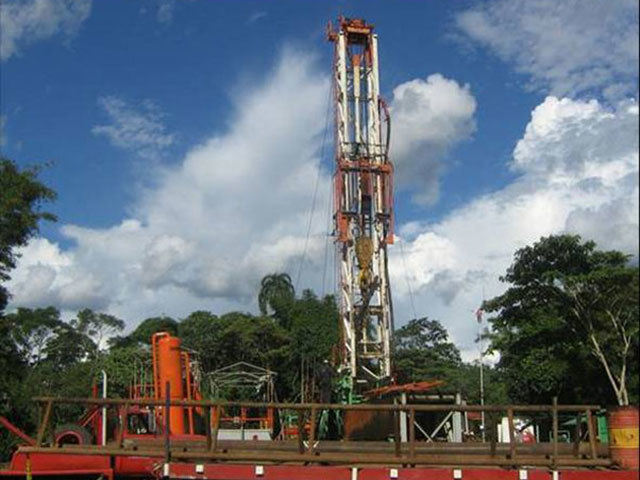
While the North American sentiment is more positive there is still some way to go before a meaningful recovery will take place in international markets
The upstream sector always has been, and always will be a cyclical market.
Over the decades we have witnessed similar patterns of activity with boom and bust cycles linked mainly to commodity prices and associated drivers.
What we have also seen is that the North American market is usually the first to contract when a downturn kicks in (as witnessed), while correspondingly it’s also the first to recover.
Last month delivered a number of positive signs . . . of hope.
The North American service community has, while reporting Q2 2016 financials, become far more bullish about the prospects of recovery.
Large diversified players Schlumberger and Halliburton have both called a bottom to the market deterioration for onshore activity in the US.
Underpinning this positive sentiment has been a number of data points.
Firstly, the week-by-week increase in the rig count in the US; a perceived stability in oil price nearer the $50 mark, and the ability of E&P companies in some basins, namely the Permian and the Scoop/Stack in Oklahoma, to generate “acceptable” returns at sub $50 oil.
So are we on the cusp of a full-scale recovery which will filter into international markets and drive a new boom in spending?
Well, maybe not yet. While the sentiment is more positive there is still some way to go before a meaningful recovery will take place.
Though a number of US onshore basins are profitable at current commodity prices, these are generally the high quality reservoirs and most prolific prospects.
A number of E&P companies such as Hess and Anadarko have stated clearly that oil prices nearer the $60 mark will be needed to increase spending activity to a level that might deliver new barrels to the market.
Another area for caution is to do with service pricing. Over the downturn many oil service companies have given large concessions on pricing, at times at levels below their operating cost.
This has allowed E&P firms to do much more with their reduced budgets, getting much more service intensity for their “buck” and allowing for significant reductions in the cost per barrel.
Confusingly, many E&P companies haven’t factored any rise in service costs while the drilling and completion businesses are clearly stating a movement towards pricing and margin improvement.
It seems there is a bit of a battle ahead on commercial terms, but the risk here is that, given E&P firms haven’t factored price increases, they will be forced to do less as budgets remain fixed.
Looking beyond the US and wider North American market the “international” markets can lag by over 12 months.
Another lost year?
Expectations are that this time will be no different and this could result in 2016 ending up being marked down as another lost year for the sector.
Considering specifically the offshore markets, the outlook is still quite bleak in the short to medium term.
When we look at the IOC’s and other offshore focused E&P firms it’s evident a continued strategy of cost reduction through reduced exploration and project spending, in addition to supplier pricing cuts will prevail.
At present many offshore-focused E&P firms are spending more than cash flow which will limit their appetite and ability to increase investment.
A recent analysis by DNB, a Norwegian investment bank, highlighted that of the offshore E&P firms it reviewed they were spending 37% more than cash flow, and among the major IOCs it was 67%.
What this means is that at current oil prices and spending patterns IOCs need $62 per barrel to fund current commitments, including dividends and share buy-backs.
With already heightening debt burdens which they will be reluctant to increase, we will continue to see muted if not reduced investment activity if current commodity prices prevail.
And that’s the key question. Right now the upstream market is being driven more than ever by the oil price which remains volatile. The oversupply which has burdened the market for a couple of years now, while reducing, is still in evidence.
At Douglas-Westwood we are still of the view that, over the course of 2016, the oversupply will reduce, albeit with 1.8million new barrels per day from offshore developments still in construction coming into the market in 2017, which will upset the balance.
That said, depletion of many currently producing fields is accelerating, so storing up demand and supply gap issues for the future.
In short, and absolutely in line with the sentiment that has emerged from this year’s Offshore Northern Seas in Stavanger, we expect commodity prices to remain volatile.
That in turn will likely delay the progress of offshore and new deepwater developments. Focus will be on lower risk, lower capital intensity onshore developments in proven basins and proximity to end markets through the remainder of 2016 and much of 2017.
Andrew Reid is MD at analysts Douglas-Westwood.
Recommended for you
